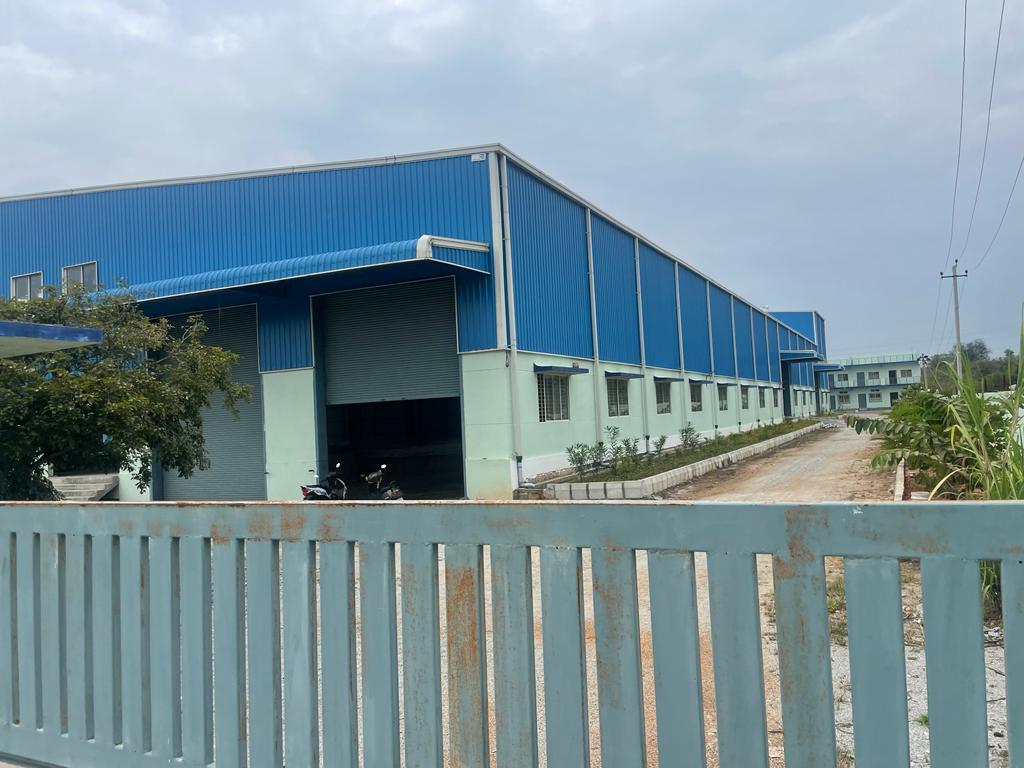Future Possibilities of Prefab Construction Industry

When it comes to the construction industry, what’s the future of prefabrication? A growing number of people in the real estate industry are beginning to accept the concept of prefabrication. Building and also design skills have advanced significantly since the introduction of prefabricated buildings in India. In addition to high-rise and low-rise buildings, this technology can be used to build rental properties and large-scale cities. Architects and developers use pre-made methods to create complex designs and high-quality buildings.
According to historical market data, India has a shortage of 18.8 million houses. Prefabrication, on the other hand, can be used to build houses three times faster. Construction of multi-story complexes may now be completed in 90 days while using 20% less material and space than customary building and construction methods.
The Prefabricated Building Method
Structures are built using prefabricated components that have already been cast off-site in a manufacturing facility or making site and then transported to the construction site for installation. On-site, the parts can be quickly and easily slotted together. Almost every part of a structure can be customised, from windows, wall panels, and staircases to ceiling pieces, roof coverings, and even entire structure systems.
The prefabrication technique requires a lot of planning when it is used in highly controlled industrial conditions. It’s becoming more popular because building components may now be manufactured off-site and sent directly to the construction site for assembly. In this case, the entire structure is placed in the middle of the road.
What is the upside or downside of this?
The advantages of a prefabricated house are that it reduces construction time and is environmentally friendly. Aside from providing environmental advantages like website protection and waste surveillance, the parts are created in a controlled environment and so have better air quality and higher levels of quality supervision. Using prefabrication is a time- and also space-saving method for building and construction projects. It is possible to incorporate new innovations into prefab, such as hollow slabs and wall surfaces that are lighter and easier to install, as well as having a much longer shelf life.
Prefabrication is a tried-and-true method that is also significantly more cost-effective than traditional construction methods. Instead of being constructed on-site by woodworkers, prefab home components are mass-produced off-site and also sent to the location for much reduced costs. In addition to their cost-effectiveness, prefabricated dwellings, also known as modular real estate, are far more secure than traditional homes. Natural disasters like earthquakes and tidal waves do not harm them nearly as much.
Using computerised prefabrication procedures, there is little room for human error. Preparation is the key to reducing the number of vehicles and also tools needed on the construction and building site. They may be dismantled for reuse as well as relocated or renovated without difficulty. An additional benefit is that it is also quite durable. Prefab may have a higher initial cost, but there are several advantages to employing it. Programmers and users alike benefit from improved speed of execution and on-time delivery of the finished product. Customers can also choose from a wide variety of styles and designs.
Prefabrication’s Long-Term Prospects
Prefab houses can be a viable construction concept in developing economies like India since the benefits outweigh the disadvantages. Prefab houses have a bad reputation for being of low quality, but recent advancements may help to dispel that myth and open up a whole new market.
There are numerous organisations that use prefabrication because it is a vital strategy for building and construction enterprises to thrive. Indian interest in prefabrication has prompted global manufacturers of prefabrication equipment and also components to enter the country. Even more domestic market participants, as well as an increase in the general public’s understanding of prefabricated homes, is needed at this time.
For the Indian real estate sector to progress, prefabrication has an important role to play. It is ready to reshape India’s real estate sector in the years to come.
